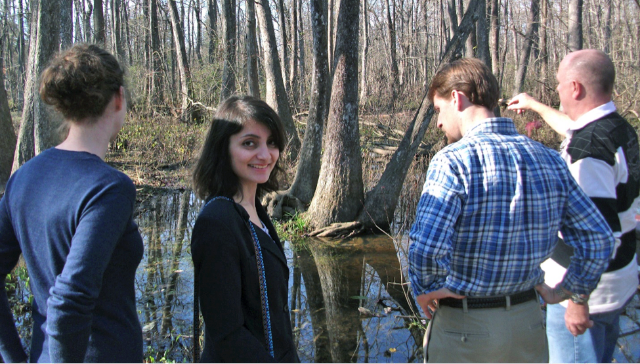One of the most magical experiences I have had in Seoul is at L’atelier, an indoor impressionism-art-theme park located in Dongdaemun, Seoul. For art lovers and technologists alike, the theme park is unusual - it brings alive the paintings of Vincent Van Gogh, Claude Monet, and others in the most interesting of manners. L’atelier is a word that combines ‘light’, a keyword that symbolizes the Impressionist paintings, called the ‘paintings of light’, and ‘atelier’, which refers to the workshops for the contemporary artists. The theme park has thus been designed to allow visitors to enjoy themselves in Paris, by recreating the same streets.
Some of the famous areas recreated are: Palace du Tertre, Montmartre, Madeleine Flower Market, Place du Lamartine and Palace du Forum. Every detail has been paid attention to, starting from the patterns of the floors and the walls, to each chair’s cushion, which are designed to look similar to a pillow in Van Gogh’s “The Bedroom.” Even the digital animations of paintings on the walls interact with the visitors.
The sets have been carefully done up, paying attention to even the smallest of details, and the lighting and technology is very appropriately placed. Most of the windows display a video, which is responsive. That means, when you go near the window, someone starts talking to you!
The exhibition also highlights the life of the greatest Impressionist artists such as Van Gogh, Edouard Manet and Edouard Leon Cortes, through a recreation of Paris, in the 1,400-square-meter space.
There's a lot of landscapes and scenes which are projected on the walls throughout the indoor theme park. They also have a gallery of the artwork, and many of the paintings are animated. This means you can see slight animations - However, they have an amazing feel to them.
There are also three performances you can see. One is Monet’s Lily pond media-art-show and the other two performances revolve around the life of Van Gogh. An actor, impersonating famous French novelist Emile Zola, uses hologram images to pose a question about why Van Gogh ended up committing suicide, then a musical created by the company shows the creative genius’ life, from an enthusiastic young man to an old miserable loner. Though everything is in Korean, you will get simultaneous English and Chinese translations.
The exhibition is totally worth it! Tickets are for 24,000 KRW ($20) but discounted on the last Wednesdays of the month - because of Culture day! To get here, go to Dongdaemun Hyundai City Outlet is five minutes away from Dongdaemun History and Culture Park station, lines no. 2, 4 and 5. L’atelier is on the 11th floor of the building.














































